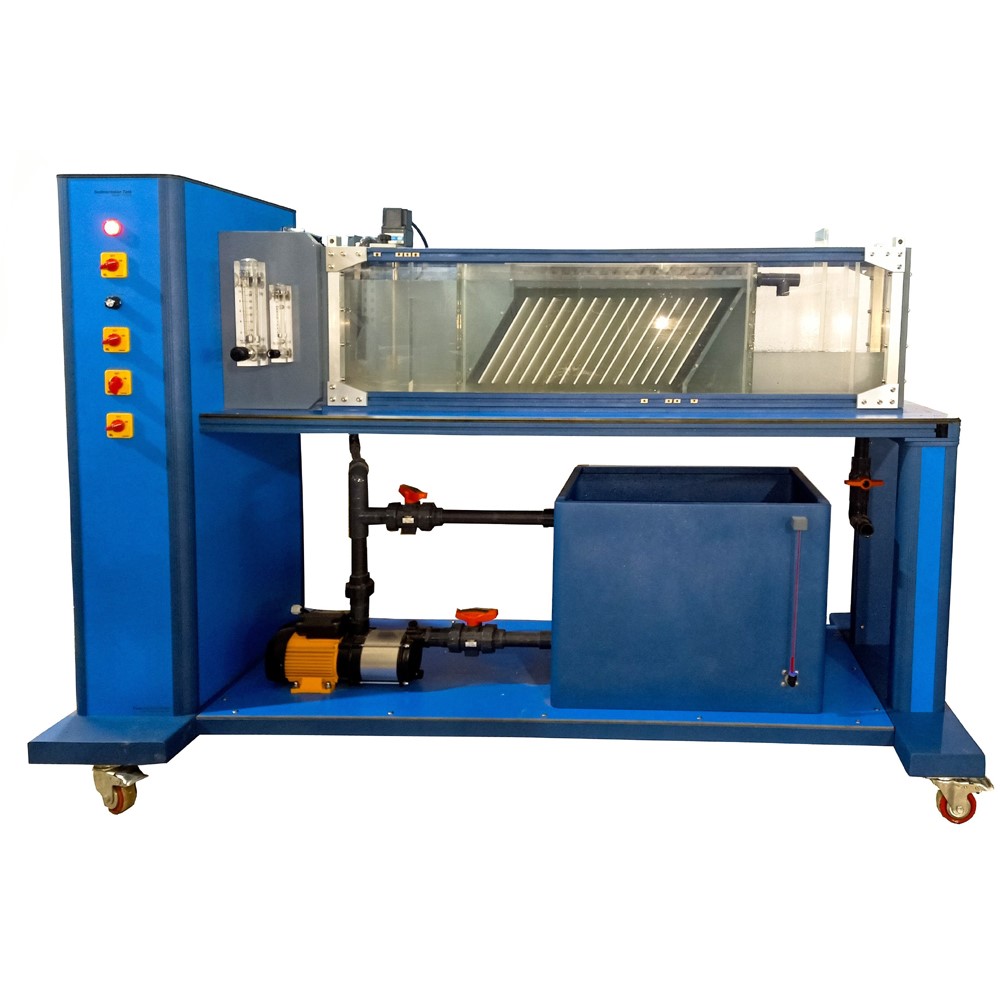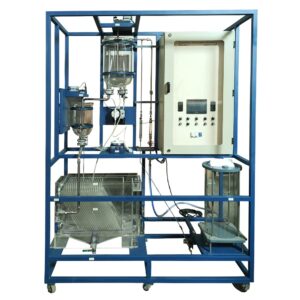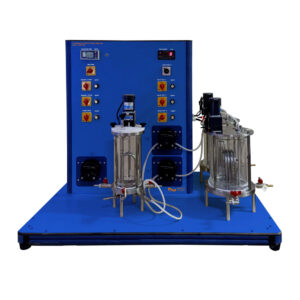A flow meter is used to measure the feed water from the laboratory’s main supply to the settling tank. The slurry is prepared in a sump tank and pushed via a specially made flow meter to join the freshwater stream shortly before entry to the settling tank in order to conduct sedimentation tests.
Under the inlet weir, a consistent stream of well-mixed slurry with known concentration and flow enters the tank. This can be compared by using the Imhoff cone technique or a sedimentation research device. To prevent solids from settling during an experiment, bypass the discharge line to continuously stir the sump tank. An exact dye injection device is offered for hydraulic tracer and visualization experiments. Just prior to entrance, a known volume of dye solution is injected before entering the settling tank.




